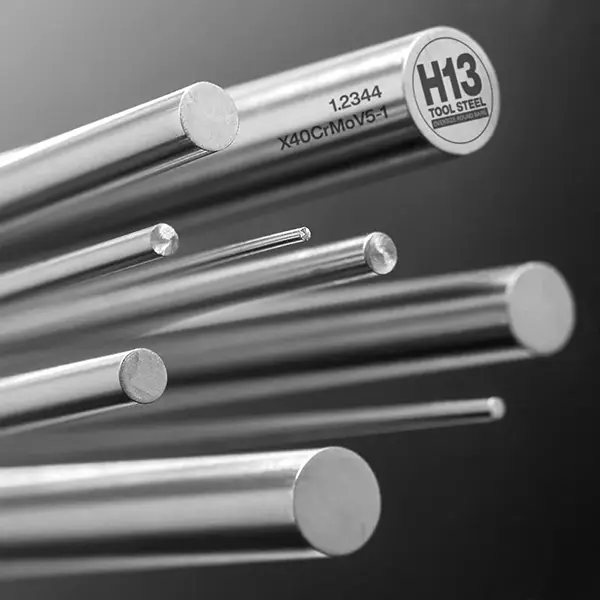Elegant Islamic Wall Art A Blend of Tradition and Modernity is a beautiful and inspiring form of decoration that has been a part of Muslim culture for centuries. It combines artistic expression with religious devotion, making it unique and deeply meaningful.
This art form is not just about aesthetics but also reflects the rich heritage and spiritual values of Islam. In this article, we will explore the origins, features, and modern-day significance of Islamic wall art, using simple language to make it easy to understand.
Origins of Islamic Wall Art
Islamic wall art has its roots in the early days of Islam, around the 7th century. As Islam spread across different regions, it brought together diverse cultures and artistic traditions. This fusion led to the creation of a unique style that emphasized beauty, harmony, and spirituality.
Since Islam discourages the depiction of living beings in religious contexts, Islamic artists focused on non-figurative designs, such as calligraphy, geometric patterns, and floral motifs. These elements became the foundation of Islamic art and architecture.
Calligraphy, in particular, played a central role in Islamic wall art. The Arabic script, used to write the Quran, is considered sacred and is often featured in mosques, homes, and public spaces. By incorporating Quranic verses and religious phrases into their artwork, Muslim artists created pieces that were both visually stunning and spiritually uplifting.
Key Features of Islamic Wall Art
Islamic wall art is known for its distinct characteristics, which include:
Calligraphy: As mentioned earlier, Arabic calligraphy is a hallmark of Arabic calligraphy wall art. Artists use different styles, such as Kufic, Thuluth, and Naskh, to create elegant and intricate designs. Common phrases include “Bismillah” (“In the name of Allah”), “Alhamdulillah” (“Praise be to Allah”), and “Allah” (“God”).
Geometric Patterns: Islamic artists are famous for their use of complex geometric designs. These patterns symbolize the infinite nature of Allah and reflect the order and balance found in creation. The repetition of shapes and symmetry creates a sense of harmony and unity.
Arabesque Motifs: Arabesque designs consist of flowing, interwoven floral and vine patterns. These motifs represent growth, renewal, and the connection between humanity and nature. They often accompany calligraphy and geometric patterns in Arabic calligraphy wall art.
Use of Color: Islamic art often features vibrant colors, such as blue, green, gold, and white. These colors have symbolic meanings—for example, blue represents spirituality and heaven, while green is associated with life and paradise.
Tilework and Mosaics: In many Islamic cultures, walls are adorned with tiles and mosaics. These materials are arranged to form intricate designs and patterns, adding texture and depth to the artwork. Famous examples can be found in mosques and palaces, such as the Alhambra in Spain and the Blue Mosque in Turkey.
Importance of Islamic Wall Art
Islamic wall art holds great significance for Muslims, both spiritually and culturally. It serves as a reminder of their faith and helps create an environment of peace and reflection. In homes, wall art featuring Quranic verses or the names of Allah and the Prophet Muhammad (peace be upon him) reminds families of their religious duties and the importance of living a righteous life.
In mosques, Islamic wall art enhances the sacred atmosphere and helps worshippers focus on their prayers. The intricate designs and calligraphy inspire awe and humility, drawing people closer to Allah. wall art is also a means of preserving and celebrating the rich cultural heritage of Muslim communities around the world.
Modern Trends in Islamic art
In today’s world, Islamic calligraphy continues to evolve while staying true to its traditional roots. Many artists and designers are finding new ways to reinterpret classic elements, blending them with contemporary styles and materials. Some of the latest trends include:
Minimalist Designs: Modern Islamic wall art often features simple and clean lines, making it suitable for contemporary homes. These pieces use subtle colors and minimal details to create a sense of elegance and sophistication.
Digital Art: Advances in technology have allowed artists to create stunning digital pieces of Islamic calligraphy These designs can be printed on various materials, such as canvas, wood, or metal, making them accessible and versatile.
Customization: Personalized Islamic calligraphy is becoming increasingly popular. People can request custom designs featuring their favorite Quranic verses, family names, or special dates, making the artwork more meaningful and unique.
Mixing Materials: Modern Islamic art often combines traditional materials like wood and ceramic with contemporary ones like acrylic and metal. This mix creates a striking contrast and adds a modern touch to the artwork.
Global Influence: With the growing interest in Islamic art worldwide, artists are incorporating elements from different cultures and artistic traditions, creating a more diverse and inclusive style.
How to Use Islamic Calligraphy in Your Space
Adding Islamic calligraphy to your home or office can transform the space into a serene and inspiring environment. Here are some tips for choosing and displaying Islamic wall decors
Select Meaningful Pieces: Choose artwork that resonates with you and reflects your faith and values. Quranic verses, religious phrases, or names of Allah are always meaningful options.
Consider the Space: Think about the size and style of the room when selecting wall art. Large, bold pieces can make a statement in spacious areas, while smaller, delicate designs are ideal for cozy corners.
Experiment with Placement: Islamic wall decors look beautiful in living rooms, bedrooms, prayer areas, and even offices. Experiment with different placements to find the best spot.
Coordinate with Decor: Ensure that the colors and style of the wall art complement your existing decor. This will create a cohesive and harmonious look.
Mix and Match: Don’t be afraid to mix different types of Islamic wall art, such as calligraphy and geometric patterns. This can add visual interest and variety to your space.
Conclusion
In conclusion, Islamic wall art is a beautiful way to add culture, elegance, and peace to any space. Whether you love the detailed beauty of Islamic calligraphy or the striking geometric patterns, these pieces bring more than just style—they bring meaning.
Islamic wall art helps create an atmosphere of calm, reflection, and harmony. Each piece carries rich history and deep symbolism, making it unique and special. Whether it’s a verse from the Quran, a traditional design, or a modern twist, Islamic art has the power to transform any room into a peaceful and inspiring place.
Whether you want to add a soothing touch to your living room, a thoughtful piece to your study, or a relaxing vibe to your bedroom, Islamic wall art is a perfect choice. It’s not just about decorating—it’s about connecting with a meaningful cultural tradition and bringing that warmth into your home.
















Leave a Reply